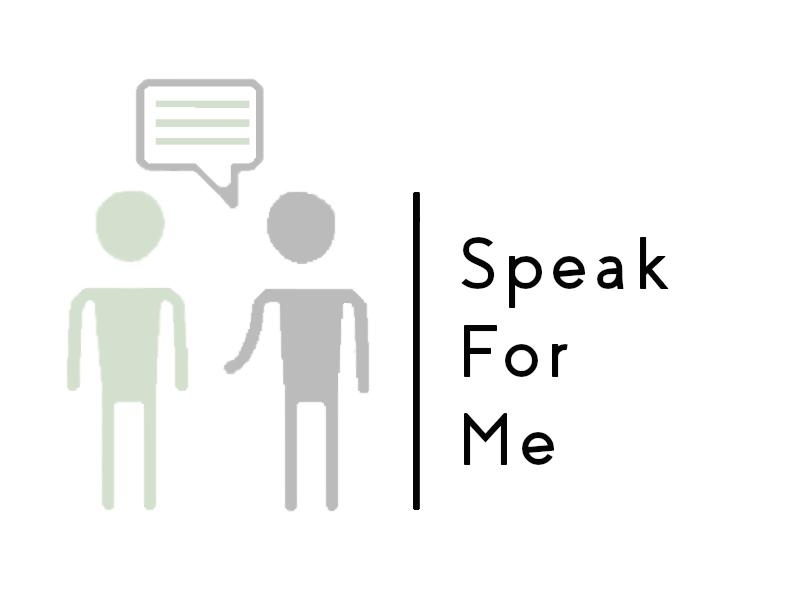Checking the Validity of an LPA: The Unknown Code: Part 1
For a free 15 minute consultation to discuss your Lasting Power of Attorney please Speak To Me here.
Last week I ran a Twitter poll to find out how people checked the validity of a Lasting Power of an Attorney (LPA). An LPA allows someone (the Attorney) to talk for you (the Donor) should you lose the ability to speak for yourself through progressive illness or sudden accident. This blog is a thank you for everyone who took time to respond, to share the results and, for anyone having a sleepless night wondering what the right answer is, then….ta dah…all will be revealed. On a more serious note this matters – we are getting better about raising awareness for LPAs but not so good about understanding what someone means when the say “I have Power of Attorney” – just how do you check this at 3am on a Saturday night?
COVID has taught us we need to plan ahead and to be fast and responsive in rapidly changing situations. Knowing who would speak for you if you are unable to speak for yourself is important, as is understanding exactly how to check an LPA.
The poll asked how you would check if a family member said they had Power of Attorney (PoA) for a relative – what would you have answered?
The majority of responses (64.2%) indicated they would ask for the original document, next came the don’t knows at 18.8%, followed by a request to check by letter at 12.2% and finally checking the access code came in as least favourite response with 4.8% of votes. Am I surprised by this? Not really, from both professional work and private experience just how we check seems shrouded in a little mystery.
First past the post in the responses was checking the original document and yes, full marks for this answer. The Office of the Public Guardian (OPG) publish a helpful sample documents guide to show what an original document looks like. The OPG also offer advice on how to certify any copes of the original document (obviously this can only be done whilst the donor retains capacity). It is worth noting that when an LPA is registered just one copy of the original OPG certified document is sent (you can request more from the OPG; this carries both a delay and a fee).
Ignoring the don’t knows, I was interested to see a request to see the letter as second favourite. In fact the letter will tell us if a person has an LPA but will lack the critical and specific nuances of that LPA which has implications for both the Health & Welfare LPA and the Property & Finance LPA (to be discussed in part 2). Seeing the letter just isn’t enough I am afraid.
The least popular response may just turn out to be the most useful. Checking the Access Code collated a woeful 4.8% of responses but is the way to go since the OPG launched the new online service to improve Lasting Power of Attorney. The digital service enables all LPAs registered after 17th July 2020 to be viewed on line replacing the need to see the paper based (or original document), clearly valuable when speed is of the essence or when multiple organisations may need verification of an LPA.
The new system provides attorneys with a secure code which is used via the online portal to confirm their status and power as an Attorney (more in part 2). There are plans to extend the online service for LPAs registered pre 17th July 2020.
Key points
If you are acting as an Attorney:
For LPAs registered pre 17.7.2020 make sure you know where the critically important original document is. If you ever need to prove your status as an attorney you will need this, not the letter from the OPG, to show to organisations.
For LPAs registered post 17.7.2020 follow the simple steps to gain the access code – this can then be shared with organisations to demonstrate both proof and powers of the LPA.
If you are a healthcare professional:
Firstly clarify which LPA the family member means – Health and Welfare, Property and Finance or both.
Next step, ask to see the original document (for LPAs registered pre 17.7.2020) or check to see if the relative has signed up to gain the access code (for LPAs registered post 17.7.2020).
Be aware that you need to know more than if someone “is” an attorney; for Health and Welfare LPAs you need to understand the detail of the LPA (to be covered in part 2…)
Another important clarification is how the attorneys can act if there is more than one attorney; this could be jointly (together) or severally (separately).
The original document and the access code both enable you to see the full detail of the LPA providing assurance that the attorney is acting in a way that the donor chose when they had capacity.
LPAs are an important part of life planning; to complete an LPA a donor will have had discussions with their nominated attorney(s) and used the application process to specify the detail and power they wish their LPA to have. As healthcare professionals we have a responsibility to ensure we know how to effectively check an LPA ensuring the donor’s voice is heard. I hope the poll and blog generate valuable LPA discussions and support anyone who may have been unsure how to check an LPA.
My thanks to everyone who responded and gave me a platform to write this blog.
More information can be found on the OPG blog Use a lasting power of attorney - your questions answered

